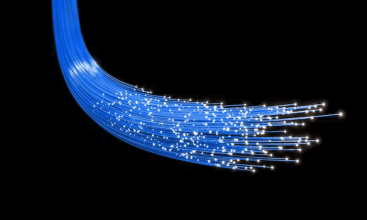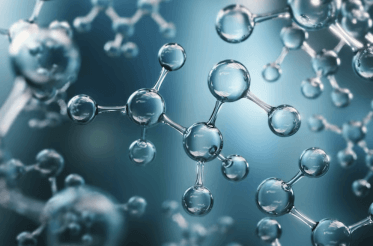Question
a.
HCO₃-
b.
hemoglobin
c.
H₂PO₄-
d.
all of above
Posted under Biochemical Engineering
Interact with the Community - Share Your Thoughts
Uncertain About the Answer? Seek Clarification Here.
Understand the Explanation? Include it Here.
Q. The buffers present in the blood contain
Similar Questions
Explore Relevant Multiple Choice Questions (MCQs)
Q. The enzyme (carbonic anhydrase) is used in
View solution
Q. One of the best catalysts which increase the rate of reaction by million times is
View solution
Q. In a human body, the pH of blood is maintained between
View solution
Q. Rainwater has pH in unpolluted regions of
View solution
Q. If a solution on addition of small amounts of acids or bases doesn't change significantly and maintains its ph, this type of solution is called a/an
View solution
Q. Carbon dioxide in rainwater form dilute solution of a weak acid
View solution
Q. CH₃COOH is a weak acid and unionized form of
View solution
Q. An aqueous mixture of sodium ethanoate is a buffer solution in
View solution
Q. Excessive addition of acid or alkalis cannot be handled by
View solution
Q. Buffer solution play an important role in industrial processes like
View solution
Q. Acidic oxides (non-metal oxides) of sulfur (S₈) and nitrogen (N₂) can fall pH of rainwater to
View solution
Q. Enzymes are large molecules, generally made up of
View solution
Q. Human enzymes start to denature at the temperature above
View solution
Q. The enzymes in bacteria found in hot springs have an optimum temperature of
View solution
Q. The enzymatic activity takes place at
View solution
Q. Due to change in their shape, the enzymes no longer attach substrate leaving the enzyme as
View solution
Q. The enzymes are denatured due to huge changes in
View solution
Q. The mechanism of a catalyst is termed as
View solution
Q. Enzymes are biological
View solution
Q. The molecule which fits into a specific site of the enzyme is called
View solution
Recommended Subjects
Are you eager to expand your knowledge beyond Biochemical Engineering? We've handpicked a range of related categories that you might find intriguing.
Click on the categories below to discover a wealth of MCQs and enrich your understanding of various subjects. Happy exploring!








